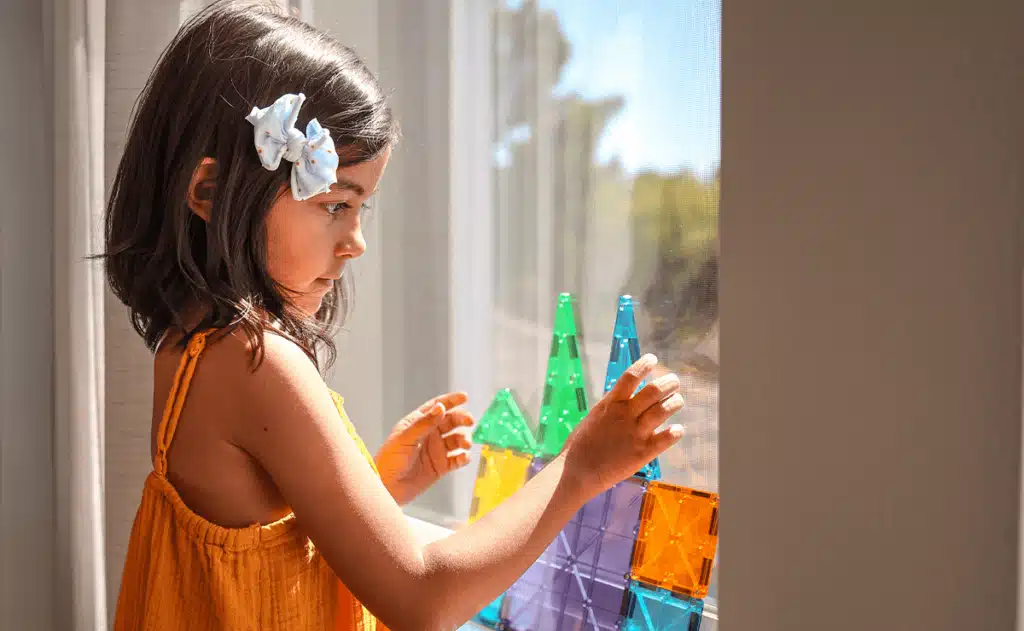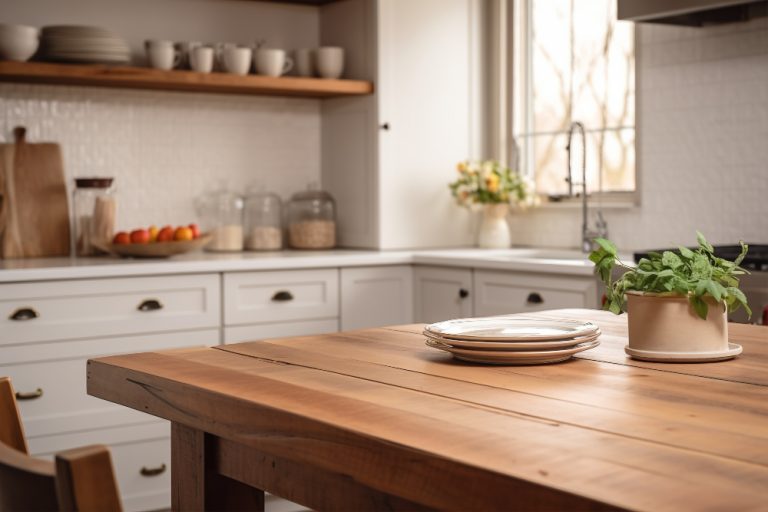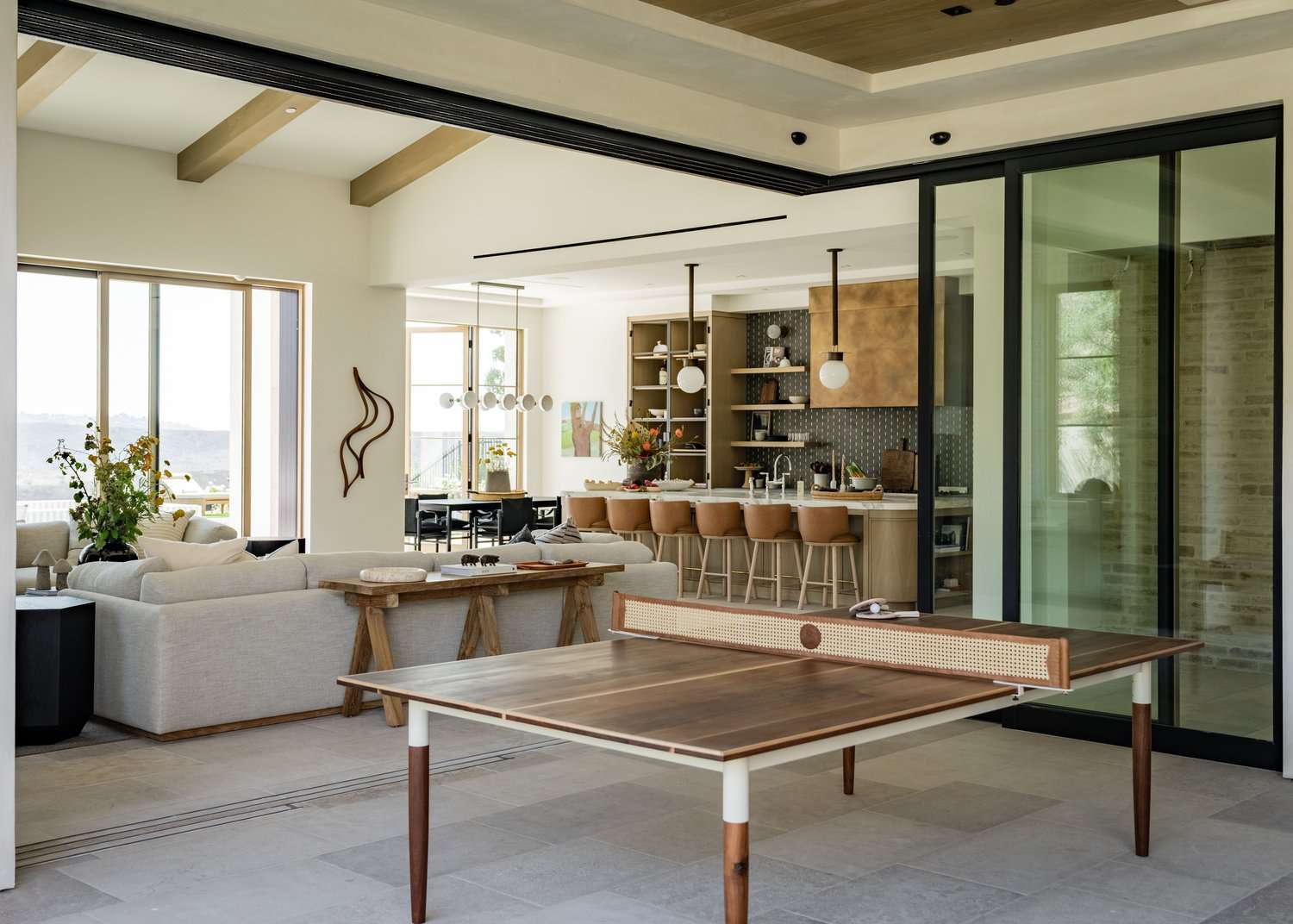Parenting burnout occurs when parents consistently lack the resources needed to handle parenting-related stressors. Their role overwhelmingly exhausts them, they feel ineffective, and they can become emotionally distant from their children. According to a survey by the IIPB Consortium, up to 5 million US parents experience burnout each year.
A decade-old analysis by the American Psychological Association revealed that parents of underage children are consistently likelier to report higher levels of stress than parents of grown children. In 2023, 33% of parents rated their stress as 8, 9, or 10 on a 10-point scale, whereas just a fifth of the rest of the population gave ratings in this range.
Researchers associate burnout with escape ideation—the fantasy of leaving parenting and the stressors it comes with. When dating is seen as an escape, one might expect parents to be emotionally available to prospective partners. However, the connection is more nuanced. While some find dating to be a refreshing distraction, others may struggle to be emotionally present despite craving companionship.
The Implications of Reentering the Dating Scene
One relevant study examined the effects of dating, relationship quality, and transitions in dating (breaking up with old partners and dating new ones) on maternal well-being as measured by life satisfaction and negative affect. The participants were mothers who had started dating after divorce.
They completed monthly surveys over a two-year period after filing for divorce. Mothers entering high-quality relationships reported improved well-being at the onset of the relationship compared to mothers in low-quality ones and single mothers.
Single mothers reported higher levels of well-being than mothers entering lower-quality relationships. The study concluded that dating transitions were associated with improved well-being. It may indirectly follow that successful relationships can ease parenting hardships, including burnout.
Moreover, building healthy romantic relationships may provide emotional validation, support, and a sense of shared responsibility—all of which may contribute to better stress management.
However, navigating dating while parenting can be complex. Parents often struggle with guilt about allocating time away from their children, and scheduling dates can be logistically difficult. These challenges compound the emotional toll burnout already takes, further complicating a parent’s openness to romantic connection.
Emotional Unavailability
Emotional unavailability is the most pronounced effect when speaking of burnout in general. When someone is exhausted, they have little energy left to invest in relationships. The first to notice are usually loved ones, who see that their family member is distant or unresponsive.
This inspires feelings of frustration, loneliness, and resentment on both sides. Burnout gets in the way of building a relationship with a potential partner. Having less energy to invest in interactions sabotages the chances of getting closer to someone, which is the basis of any promising relationship.
Burnout also makes conflict likelier. People’s patience easily wears thin when they’re stressed and overextended. Even slight annoyances can become sources of frustration. They are more likely to snap at others, escalate minor disagreements, or misinterpret actions—damaging relationships and perpetuating a toxic cycle of stress, conflict, and more stress.
Diminished Capacity for Intimacy
Intimacy requires emotional openness and presence, but both are compromised when someone is burned out. It’s challenging to connect or even engage in meaningful conversations. Over time, this lack of intimacy can lead to feelings of isolation, even in stable relationships, let alone budding ones.
Parents can come from an unenviable position. They are usually told that parenting is so fulfilling and rewarding that even a single smile from the child makes the sacrifices worthwhile.
They aren’t warned about the meltdowns, early morning wake-up calls, dirty diapers, and sleep deprivation. Psychologists point out that the overidealized perception of parenting can harm current and future parents.
At the same time, general burnout levels remain high. According to a survey of around 4,500 UK adults cited in the 2025 Burnout Report, 34% of adults experience elevated or extreme levels of stress or pressure often or always in 2024, almost unchanged from 2023. Additionally, 91% of those surveyed experienced high stress or pressure at some point in 2024.
Parents experiencing burnout are not just dealing with exhaustion—they are also more vulnerable to reduced mental clarity, emotional suppression, and poor decision-making. These psychological symptoms directly impact their ability to sustain vulnerability, empathy, and attentiveness in a romantic relationship.
In other words, dating might be desired, but the energy required to nurture a healthy bond may be unavailable.
Conclusion
Parenting burnout can deeply influence how emotionally available someone is in dating. While reentering the dating scene might offer temporary relief or hope for renewed connection, it does not always equate to emotional readiness.
Burnout affects patience, energy, and intimacy—qualities essential to building and maintaining romantic relationships. For single parents or those recently divorced, awareness and self-care are key.
Before committing emotionally to another person, it’s important to rebuild personal resilience and seek support systems that ease the burden of stress. Only then can dating evolve into a source of emotional nourishment instead of an additional stressor.

















